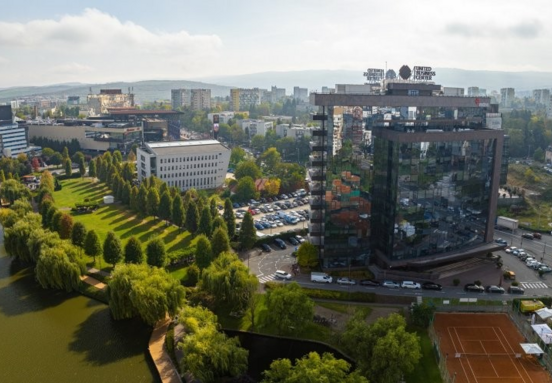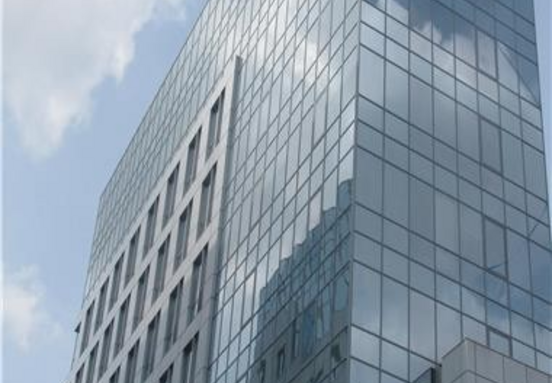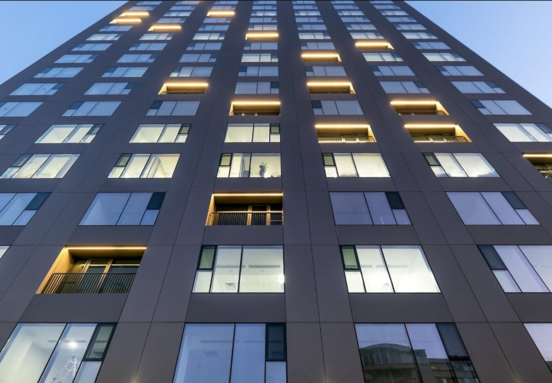On the other hand, facility managers in office buildings now face a wide range of challenges, from finding solutions to fill vacancies to finding the best cost optimization solutions. That is why we come here with four recommendations on how to manage facilities (FM) in 2021.
1. Explore SPaaS opportunities (space as a service)
As remote work continues to become the new "normal", many office buildings will have more space available than before. This free space is not always cheap to maintain, especially if you need to maintain the right temperature even in unused areas. Space as a Service (SPaaS) starts from the idea that building owners can offer tenants shorter-term space rentals plus support functions designed to improve their user experience. Before the pandemic, examples of SPaaS could be found only in spaces for collaborative use, such as HUB. Most often, the companies that managed these spaces added value in the form of exclusive events, support and printing services or even cafes. Now this model can also be taken over by office buildings for certain vacancies.
2. Automation as a convenience facility and cost transparency for the end-user
Automation can provide a number of improvements to the existing facility management system. There are a variety of Building Management Systems (BMS) that can be implemented to save time and money. Adapting workspaces to the user based on scenarios stored for each user can be done automatically and in real-time. The adaptation takes into account the lighting level, the climatic conditions as well as the access of the facilities from the sap (video conference, ambient sound, shading, ..). Likewise, the use of the spaces can be allocated and invoiced on cost centers or clients depending on the duration of the space occupation and the user's recognition. The distribution of costs and including the metering of utilities that serve the space can be done automatically and will generate a transparency of costs and their efficiency. The control of the facilities in the spaces is assigned on a user basis and is already present in the form of an application on mobile phones and communication via Bluetooth.
3. Use the Internet of Things (IoT)
The Internet of Things (IoT) and technologies that increase the connectivity of devices (M2M) and people make work safer and more efficient - both financially and in terms of job security and productivity. The Internet of Things (IoT) is a system of devices built with connectivity capabilities between devices that allow them to communicate and exchange data with each other. With IoT technology, companies can create highly efficient systems, and facility managers can use them to optimize their property management parameters. For example, if a company implements shift work, IoT technology can be used to better manage employee resources, by scheduling ventilation, allocating desks, powering printers, coffee makers, bathrooms to create safe conditions, and ensure physical distancing as well as many others.
Other issues relevant to the evolution of the FM field in 2021:
- The main challenges facing the evolution of FM providers are the flexibility to adapt to the variable cost generated by the variable occupation of space, ensuring the safety of staff work in restrictive conditions to limit the spread of the pandemic, ease in adapting to new customer expectations.
- Major trends in facility management are related to the experience offered to customers, how to use the data collected through BMS systems and the formation of a community based on sustainability and solidarity.
- The relevance and influence of IoT, as well as Artificial Intelligence (AI), will continue to grow in this area, and the result will be a shift from a reactive to a predictive approach.
Author: Lucian Anghel, Founder and CEO, Timepal Romania and Facilities Management Services







